- Do you subscribe to Dharma Dog Training’s Newsletter? You should.
- A Unique Campaign from The Humane Society of the United States
- Rabid bats in Omaha- Stay safe, prepared with these tips
- Springtime Activities in Omaha
- Mill Dog Monthly from Bailing Out Benji
- World Spay Day, Legislative Alert in Nebraska
- Attend the Nebraska Rescue Council’s monthly meeting this Saturday
- Five Hard-to-Ignore Reasons to Adopt!
- Paws in Pink to Benefit Breast Cancer Foundation
- VCA, Inc. Acquires MidWest Vet Specialists from Kansas State University
Training Tips for 2017 from Dharma Dog Training
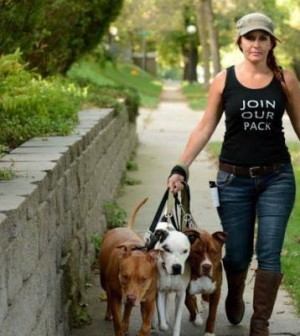
Dharma Dog Training has not only been a wonderful resource for training information on Pets in Omaha, but they’ve been great friends for nearly three years. Yet again, Kelley and company (and especially with the help of Assistant Trainer, Rachael Wilson) we’ve been given this helpful info on training your pup as the new year starts. Enjoy and find more on Kelley McAtee and Dharma Dog Training on our Training page here.
The holidays are one of the most popular times for families to acquire new furry members. Getting ready for a new dog or puppy takes a lot of work- picking out the right type of food, bedding, toys, getting a kennel and puppy proofing the house are all things that come to mind. However, it seems one thing tends to get put on the back burner until it’s too late- training!
Training is typically sought out by people who are already dealing with behaviors from their dogs that they would like to see diminish. But when it comes to training, being proactive & preventing a problem from even starting is a lot easier than training a dog to unlearn a behavior!
We have compiled a list of 10 of our favorite training tips for new dog owners (or veteran dog owners) to hopefully make your new relationship more enjoyable and get your 2017 started off on the right foot!
- RULES, BOUNDARIES & STRUCTURE
Without rules and boundaries in your home, your dog will never know what is expected of him. Everyone in the home must be on the same page as to what is expected of your dog, otherwise he will get confused. To implement these rules, we recommend keeping your new dog on leash for the first week or two in your home. With a leash on, you can communicate clearly and humanely to your dog about what is and isn’t allowed. For example, if furniture is off limits, you can guide your dog off using the leash.
2. KENNEL TRAINING
Dogs are den creatures by nature, and need a safe, secure place to go to. Kennel training allows your dog to practice a calm state of mind, which is an important life skill they will need throughout their whole lives. Kennels are helpful for newly adopted dogs, limiting the amount of responsibility they have in a new environment. Kennel training is important for emergency situations, vet visits and to keep dogs from fighting, seriously injuring, or even killing each other while left alone. You want to make sure a kennel is the right size for your dog- he should be able to stand up and turn around without hitting his head on the top of the kennel. Pick a quiet, calm room for the kennel, but one that the dog has spent time in and is comfortable in. We recommend the black wire kennels and like to drape a blanket over the back half to make it more “den like”. Kennel training can be stressful, so if you are struggling or your dog is trying to injure himself by breaking out or becomes very stressed once in the kennel, we recommend contacting us for assistance.
3. STRUCTURED WALK
Since walks are the most important thing you can do with your dog, this is the one area you really want to master! There is so much information that is relayed on the walk, it is a foundation for life with your dog. Thresholds (doorways) are another important part of the walk. We work with clients to earn respect on both ends of the leash- this means your dog should be waiting patiently at doorways for your command. Just because a door is open doesn’t mean it’s his cue to run out! We also teach clients to advocate for their dogs on a walk, & we recommend that owners do not allow strangers to pet their dogs. This tells your dog that you are not setting rules and boundaries for strangers, it can make them feel very unsafe & they may feel like they need to advocate for themselves. The structured walk is a major component to our training plan. If you are seeking help to fine tune your walk, we would love to help!
4. PLACE COMMAND
Place command is a key part of our training plan and is often referred to as “a mental kennel”. It’s like having an off switch for your dog! It is a safe place for your dog to learn about the world, and process their emotions and feelings about how they feel about the world, but not acting on those emotions. So many dogs are acting out because they are unable to deal with stress in their lives and our training plans teach dogs to deal with stress in a healthy and socially appropriate way. Place command is more so a state of mind than an action- so many dogs don’t know how to relax on their own, so we must teach them on leash!
5. COMMANDS
Try to avoid giving commands to your dog that you cannot enforce. Every time you give a command that is not complied with or enforced, your dog learns that commands are optional. Repeating commands tunes your dog out and teaches your dog that the first few times are a bluff. It is neither effective or efficient. We give a dog one command, two maximum before we gently enforce the command using our leash. Avoid “stacking commands”, by saying multiple commands at once (“sit, down”). It can be confusing and frustrating for your dog. If your dog isn’t responding to you, you need to determine if your dog a) knows what you want b) knows how to do the command c) is not responding due to fear, stress, or confusion or d) dog is refusing to comply. Do they need more time to acclimate or more time spent teaching the behavior? Realizing how to humanely hold your dog accountable once they understand the command is what most of our clients struggle with and we are here to help!
6. TIMING
Whether you are rewarding or trying to correct a behavior, good timing is essential! Good timing means in the moment or within a few seconds of the behavior. Often dog owners inadvertently reinforce their dogs negative behaviors, by giving their dog lots of attention (even if it’s negative) when they misbehave, which only reinforces the behavior, which will likely be repeated. Correct, or prevent the behavior for happening, but do not punish your dog. Misbehaviors often stem from a world of missed opportunity to give your dog information and teach them what is expected of them in our world!
7. TRAINING AT HOME
We always begin training in a low to no distraction environment, which is why we start building a foundation indoors before we move outdoors, with more more excitement & distractions. Any behaviors such as jumping up on you or guests, charging, begging, barking, biting or demanding attention should be addressed in a calm home environment to set your dog up for success and you will work your way up to real world scenarios with guests, family and the outside world!
8. RESPECT ON BOTH ENDS OF THE LEASH
You never want to train your dog when you are angry, frustrated, or feeling impatient. Earning your dogs respect is never accomplished by yelling, hitting, or handling your dog in a harsh manner. Creating clear and consistent communication is the best way to train your dog. After your dog has made a mistake, discipline does not work and if you choose the head-on “battle” approach, you will miss out on huge relationship-building and teaching opportunities for your dog to make better decisions next time around!
9. PLAY GROUPS
At Dharma Dog Training, we recommend smaller play groups that you and your dog are familiar with, & you know will be a good match for your dog. Remember they learn from each other! We have witnessed first hand bullying from other dogs at dog parks or other large, unregulated groups. Dogs that have been bullied or have bad experiences with other dogs can become aggressive or defensive. We teach owners how to advocate for their dog around other dogs so they do not feel the need to protect themselves when in the presence of other dogs (on or off leash).
10. CELEBRATE YOUR DOG
It can be easy to become frustrated and focus on all the things your dog is doing wrong when you begin training. In these moments it will help to remember why you got your dog in the first place and all the things they add to your life, while focusing on the things they do right and all the things your dog can actually teach you about yourself! Our dogs can become teachers in patience, trust, openness, leadership, assertiveness and confidence building, among so many other things. If this is the relationship you have been looking for with your dog, we want to help!”
Related Posts
Latest News
-
3 Tips for Pet Owners on Training Rescue Dogs
Owning a rescue dog can take some work compared to...
- Posted 2 weeks ago
- 0
-
Choosing the Right Pet for Your Lifestyle
Are you thinking about getting a pet but unsure what...
- Posted 4 weeks ago
- 0
-
How to Make Your Rescue Pet as Comfortable as Possible
Did you bring home a new pet from a shelter...
- Posted 2 months ago
- 0
-
How Having A Pet Can Change Your Life
Having a pet can open your heart in ways that...
- Posted 7 months ago
- 0
-
How To Improve The Life Of Your Senior Pet
Do you have an elderly fur baby and want to...
- Posted 7 months ago
- 0
-
Springtime Activities To Enjoy With Your Furry Friends
Are you preparing for warmer weather and want some ideas...
- Posted 8 months ago
- 0
-
Pros And Cons Of Microchipping Your Pets
Have you considered whether your pets should be microchipped and...
- Posted 9 months ago
- 0




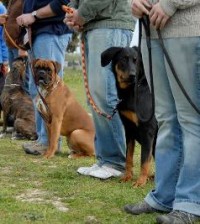



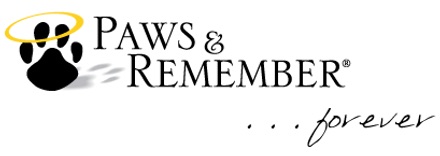









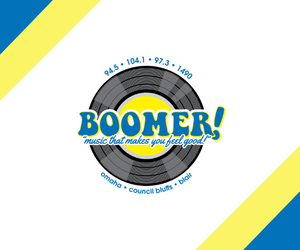
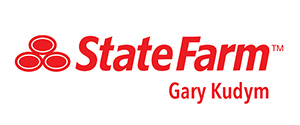

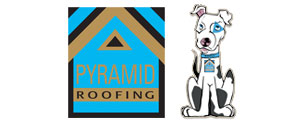

You must be logged in to post a comment Login